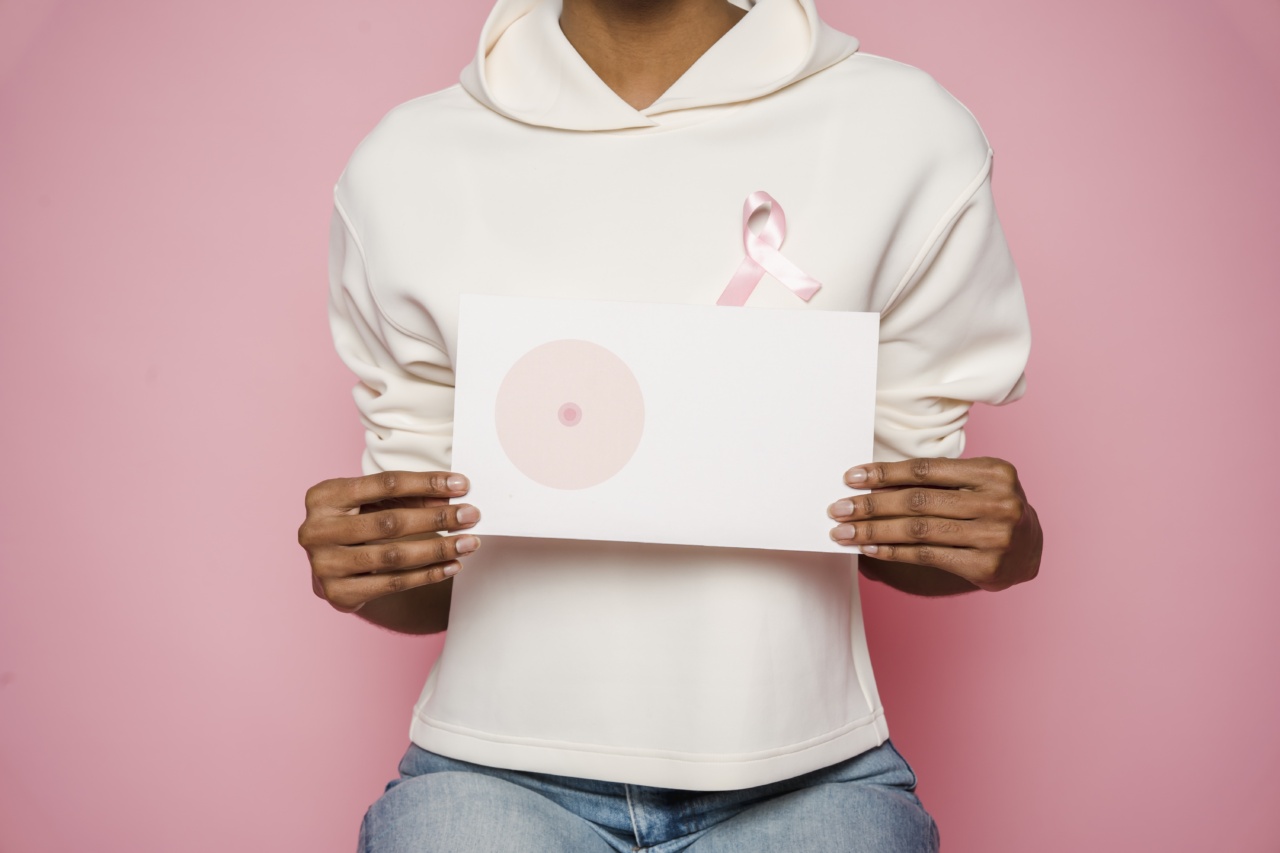Breast cancer is one of the most common types of cancer that affects women all over the world. In fact, 1 in 8 women in the United States will develop breast cancer at some point in their lives.
While the likelihood of developing breast cancer is high, the good news is that early detection through regular mammograms can significantly improve the chances of successful treatment and recovery.
What is a Mammogram?
A mammogram is a type of medical imaging that uses low-energy x-rays to detect any abnormalities or changes in the breast tissue.
The procedure typically involves compressing the breasts between two plates and taking x-ray images of the breast from different angles. These images can help detect any lumps or growths that may be present in the breast tissue.
When Should You Start Getting Mammograms?
The timing of mammograms can vary depending on a woman’s age and family history of breast cancer. For women at an average risk of developing breast cancer, the American Cancer Society recommends starting annual mammograms at age 45.
However, women can choose to start as early as age 40 if they wish. For women at a higher risk of developing breast cancer, such as those with a family history, earlier and more regular mammograms may be necessary.
How Often Should You Get Mammograms?
The frequency of mammograms can depend on various factors, including age and risk factors. For example, women at an average risk of developing breast cancer should get a mammogram every year starting at age 45, according to the American Cancer Society.
However, women with a higher risk of developing breast cancer may need to have mammograms more frequently or starting at a younger age. It’s important to discuss with your doctor about the best timing and frequency of mammograms for your individual case.
What Happens During a Mammogram?
A mammogram typically takes about 15 minutes to complete. The patient will be asked to undress from the waist up and put on a gown.
Then, the technologist will position the breasts between two plates and compress them for a few seconds to get an accurate image. While the compression can be uncomfortable, it should not be painful. The technologist may take several images from different angles to get a complete picture of the breast tissue.
What Happens After a Mammogram?
After the mammogram is complete, the patient can get dressed and return to their normal daily activities. The images will be sent to a radiologist to review and interpret the results.
The patient will receive the results within a few days, and if there are any concerns or abnormalities, the doctor will recommend further testing or follow-up appointments.
Why Are Mammograms Important?
Mammograms are a critical step in breast cancer prevention because they can detect any abnormalities or changes in the breast tissue that may indicate cancer.
Early detection through mammograms can help catch breast cancer at an early stage when it is most treatable. In fact, the five-year survival rate for breast cancer is over 90% when it is detected and treated at an early stage.
Mammograms can also be used to detect breast cancer in asymptomatic women, meaning those who don’t have any signs or symptoms of the disease.
Are Mammograms Reliable?
While mammograms are not 100% accurate, they are still considered to be the most reliable and effective way of detecting breast cancer at an early stage.
However, in some cases, mammograms may miss small tumors or growths, or they may identify something that turns out to be benign. That’s why it’s important to follow up with your doctor if you notice any changes in your breast tissue or if you have any concerns about the results of your mammogram.
Are Mammograms Safe?
Mammograms are generally considered to be safe and non-invasive. However, the compression of the breasts during the procedure can be uncomfortable or even painful for some women.
In rare cases, mammograms can cause some radiation exposure, but the amount is very small and unlikely to cause any harm. The benefits of regular mammograms far outweigh any potential risks.
Conclusion
Regular mammograms are a critical step in breast cancer prevention. They can help detect breast cancer at an early stage when it is most treatable, and they can be used to detect the disease in asymptomatic women.
While mammograms may not be 100% accurate, they are still considered to be the most reliable and effective way of detecting breast cancer. That’s why it’s important for women to discuss mammograms with their doctor and follow the recommended timing and frequency for their individual case.




























